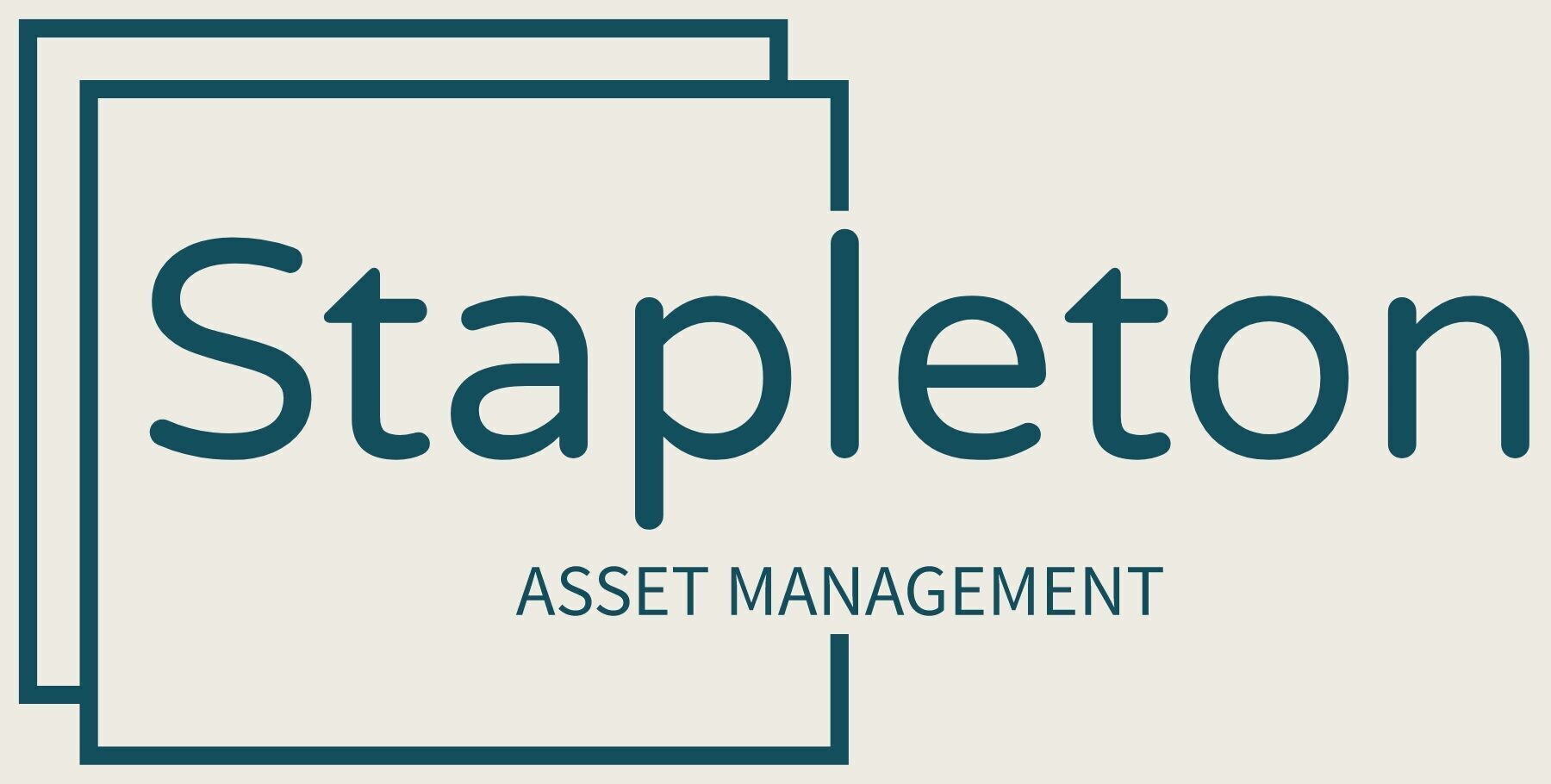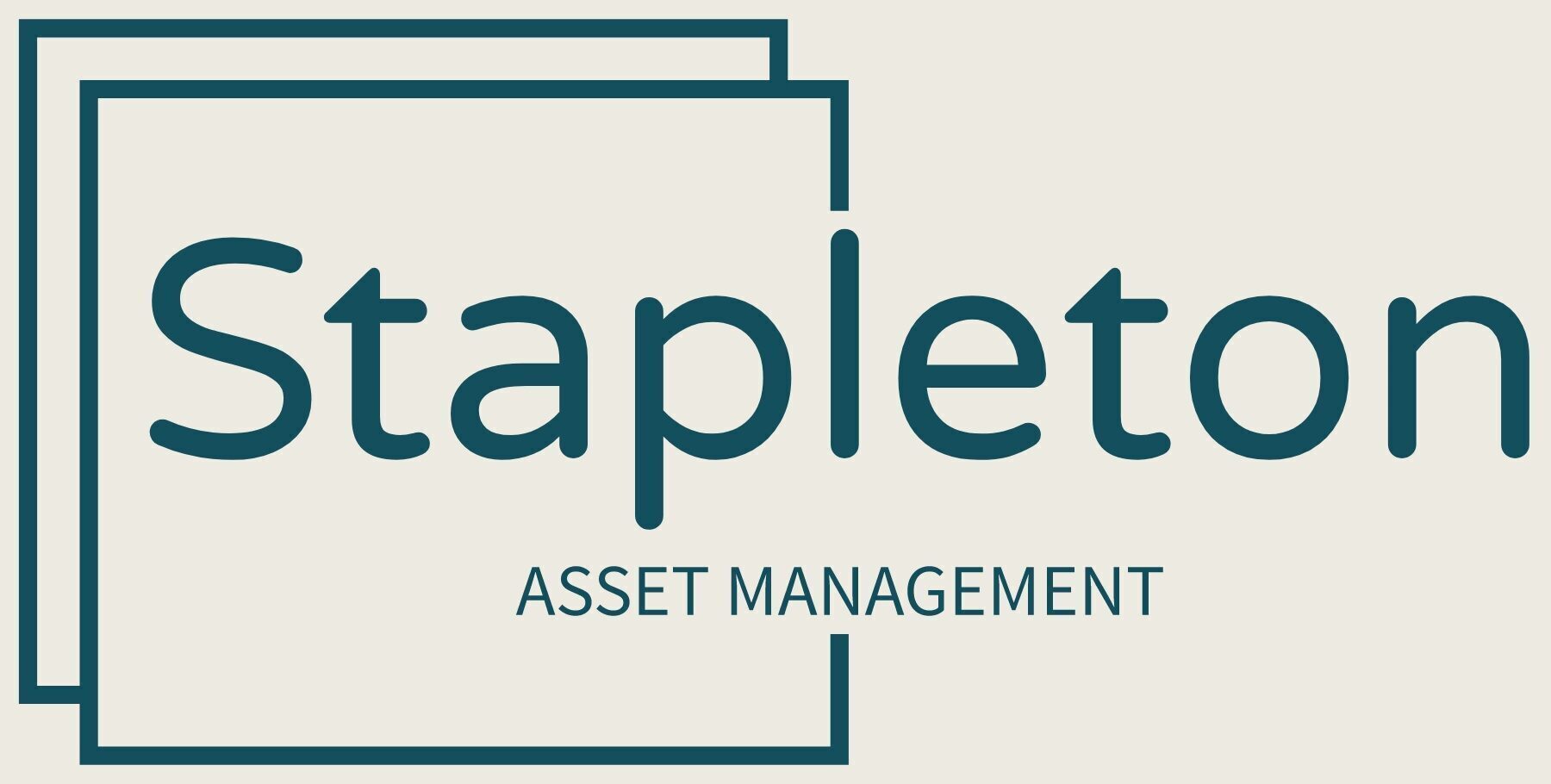The Surge in U.S. Treasury Yields
In recent weeks, the U.S. Treasury market has experienced significant volatility, with the 10-year Treasury yield climbing to 4.535% and the 30-year yield reaching 5.008%, levels not seen since April and November 2023, respectively. This sharp increase, which saw the 10-year yield rise from below 4% to around 4.5% in a matter of days which is aligned with our thought that debt levels, trade deficits and government spending have been on an unsustainable path. This could be the start of something larger which could have an impact on global markets in weeks and months to come.
What’s Driving the Increase?
Several factors are contributing to this bond market upheaval:
- Trade War and Tariff Policies: The announcement of broad tariffs by the Trump administration, including a 25% tariff on foreign-made cars, has fueled market uncertainty. Tariffs are expected to increase inflationary pressures by raising the cost of imported goods, prompting investors to demand higher yields to compensate for the risk of eroding purchasing power. Additionally, concerns about retaliatory actions from trading partners like China, Japan, and the U.K.—major holders of U.S. Treasuries—have raised fears of reduced foreign demand for U.S. debt.
- Fiscal Concerns and Rising Deficits: The U.S. government’s growing debt burden and widening budget deficit, exacerbated by the recent tax-cut legislation, has intensified the broader concern. Moody’s recent downgrade of the U.S. credit rating from Aaa to Aa1 underscores these exact concerns, signaling potential challenges in financing deficits at current yield levels. This has led to a reassessment of Treasuries as the preeminent safe-haven asset, with some investors diversifying into alternatives like gold, which recently hit $3,300.
- Shifting Market Dynamics: Unlike typical market downturns where Treasuries act as a safe haven, pushing yields lower, the recent sell-off has defied this pattern. Hedge funds (leveraged investors) facing margin calls and potential sales of Treasuries by foreign investors have contributed to the upward pressure on yields. Additionally, the steepening of the yield curve, with the 30-year yield exceeding the 5-year yield by over 63 basis points, reflects investor demand for higher premiums on longer-term bonds amid the growing uncertainty.
Implications for the U.S. Economy
The rise in Treasury yields has far-reaching consequences:
- Higher Borrowing Costs: The 10-year Treasury yield serves as a benchmark for mortgages, auto loans, and corporate borrowing. Its rapid increase could lead to higher interest rates for consumers and businesses, potentially slowing economic activity.
- Pressure on the Federal Reserve: The Fed faces a delicate balancing act of being between a rock and a hard place. With inflation above its 2% target (core PCE at 2.6% in April 2025) and tariffs likely to push prices higher throughout the summer, the Fed may be hesitant to cut rates from the current 4.25%–4.50% range. Unfortunately, rising yields and recession fears could force the Fed’s hand, though rate cuts might paradoxically fuel long-term inflation expectations, further driving up yields.
- Market Volatility: The bond market’s erratic behavior has led to a spike in the MOVE index, the equivalent of the VIX for bond volatility, reaching its highest level in 18 months. This volatility could spill over into equities and other asset classes, undermining investor confidence.
- Global Impact: As the world’s benchmark for pricing global capital markets, the Treasury market’s instability could have ripple effects, impacting borrowing costs and financial stability worldwide.
The Japanese Government Bond Market: A Parallel Surge
Japan’s government bond (JGB) market has also seen a notable increase in yields, with the 30-year yield hitting a record 3.185%. This surge mirrors the U.S. Treasury market’s movements but has its own nuances.
Drivers of Rising JGB Yields
- Bank of Japan’s Policy Shift: The Bank of Japan (BoJ) has moved away from its negative interest rate policy, implementing rate hikes in 2024 and raising the policy rate to 0.5% in January 2025. Expectations of further rate hikes, driven by persistent inflation above the BoJ’s 2% target, have pushed JGB yields higher. The inflation has primarily been driven by rising commodity prices and rising wages in Japan.
- Carry Trade: Refer to our article about The Japanese Carry Trade where Japan’s ultra-low yields have historically supported a situation where investors borrow in yen to invest in higher-yielding assets. The sharp rise in JGB yields, particularly at the long end, could disrupt these trades, increasing global market volatility and forcing investors to sell assets globally (possibly US stocks) in order to pay back these loans.
Inflation and Stagflation Concerns
The rise in U.S. bond yields has brought inflation and stagflation concerns back to the forefront, as we grapple with the interplay of growth slowdowns, rising prices, and massive debt levels.
Inflation Risks
- Tariff-Driven Price Increases: The U.S., tariffs on major trading partners like China, Mexico, and Canada are expected to raise the cost of goods, pushing inflation higher. The University of Michigan’s consumer survey projects inflation expectations of 6.7% for the year ahead, the highest since 1981.
- Persistent Inflationary Pressures: Despite recent data showing a slight easing in U.S. core CPI (+0.2% in April) and core PCE (2.6%), inflation remains above central bank targets.
Stagflation Fears
- Economic Growth Slowdown: In the U.S., recession risks are mounting, with 95% of economists in a Reuters poll citing increased downturn risks due to tariff policies. The bond market’s focus on long-term growth slowdowns, rather than short-term inflation, has led to an inverted yield curve, a traditional recession indicator.
- Stagflation Dynamics: Stagflation—characterized by stagnant growth and high inflation—has become a growing concern. In the U.S., the combination of tariff-induced inflation and slowing growth due to higher borrowing costs could create a stagflationary environment, reminiscent of the 1970s.
Conclusion
The recent surge in U.S. Treasury yields reflects a confluence of global trade tensions, fiscal concerns, and shifting monetary policies. We were surprised that the S&P 500 recovered so quickly from the April lows. It was a difficult rally to buy into given the fact that so much uncertainty remains. The budget proposal is a disappointment, as it shows that Congress is still not willing to start cutting spending. As we have said in the past, it might be the case that the politicians need to have a crisis moment before they are forced to make difficult decisions. Could this be a lead-in to the old adage “Sell in May and Go Away”? Might be a rocky summer.
Disclaimer
This document and the information contained herein are provided solely for your information and Stapleton Asset Management marketing purposes. Nothing in this document constitutes investment research, investment advice, a sales prospectus, or an offer or solicitation to engage in any investment activities. This document is not a recommendation to buy or sell any security, investment instrument, or product, and does not recommend any specific investment program or service. Information contained in this document has not been tailored to the specific investment objectives, personal and financial circumstances, or particular needs of any individual client. Certain investments referred to in this document may not be suitable or appropriate for all investors. In addition, certain services and products referred to in the document may be subject to legal restrictions and/or license or permission requirements and cannot therefore be offered worldwide on an unrestricted basis. Although all information and opinions expressed in this document were obtained in good faith from sources believed to be reliable, no representation or warranty, express or implied, is made as to the document’s accuracy, sufficiency, completeness or reliability.




Comments are closed